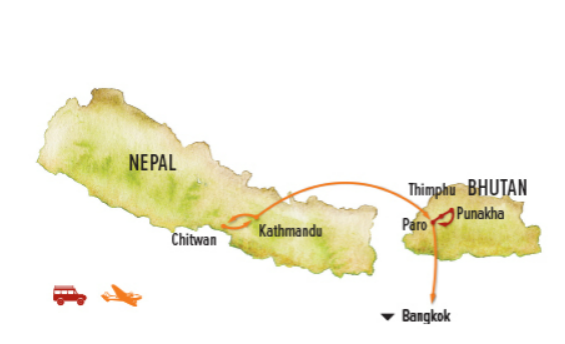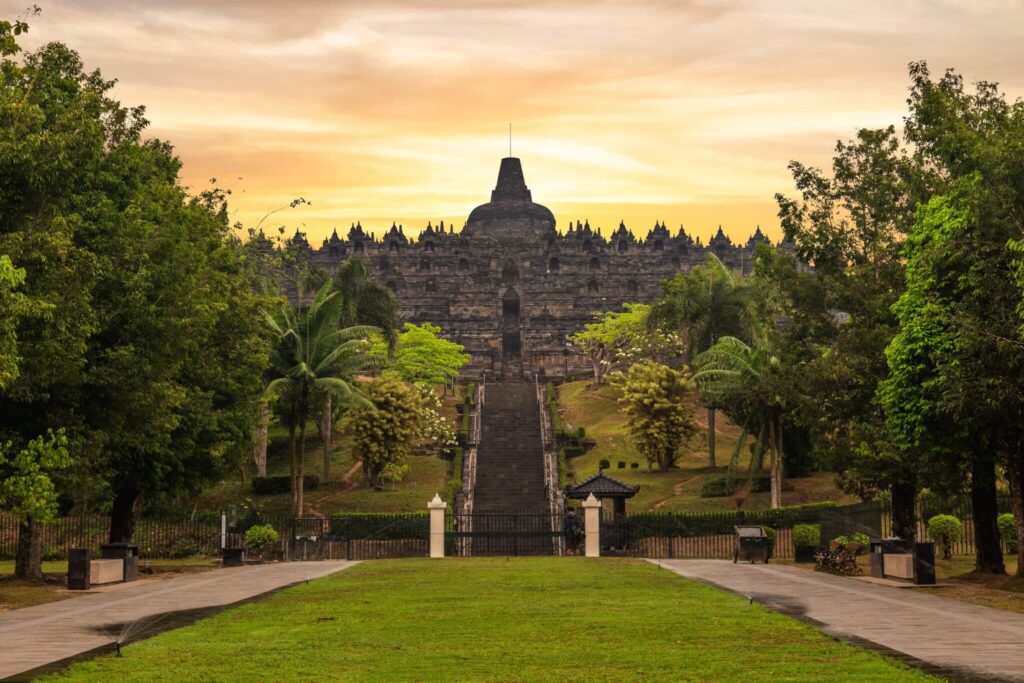Overview
The Indian subcontinent is one of the world’s most stimulating destinations. While its melange of cultures has long drawn the attention of historians and travelers, its wild habitats offer rare treasures for those who are passionate about nature. This comprehensive safari gets you far away from India’s intense cities and into its natural realm, a landscape of powerful rivers, fabled jungles and intriguing wildlife. From Bandhavgarh to the Brahmaputra basin, this is the native territory of the Bengal tiger, whose numbers are on the rise after a century of decline. Conservation travel is integral to protecting wildlife in India, and our presence directly benefits the continued existence of tigers and other precious vanishing species, which we go in search of on daily 4×4 wildlife drives. Join us for the grandest Indian wildlife safari we know of!
Trip Highlights
- Explore Three Diverse National Parks Explore three of India’s top national parks on multiple safari drives in open 4x4s—you won’t find a richer or more varied itinerary focused on wildlife
- Search for Tigers & So Much More Safari with our naturalist Expediton Leaders in search of tigers, one-horned rhinos, Asian elephants, sloth bears, barking deer, hoolock gibbons and more
- Stay at Secluded Ecolodges in Nature Relax in comfort at premier ecolodges tucked next to India’s best wildlife reserves, and avoid crowds in our quiet, set-apart locations
Itinerary
Please fill out the form below to request a quote for rates.
Included
- Trip price includes: Accommodations, services of Nat Hab's professional Expedition Leader(s), local guides, lodge and park staff, all meals from dinner on Day 1 through lunch on final day, some gratuities, still camera fees, airport transfers on Day 1 and final day, all activities and entrance fees, all taxes, permits and service fees.
- Internal air cost includes: All flights within the itinerary (this will be listed separately on our invoicing).
Not Included
- Travel to and from the start and end point of your trip, alcoholic beverages, some gratuities, passport and visa fees, optional activities, items of a personal nature (phone calls, laundry and internet, etc.), airline baggage fees, required medical evacuation insurance, optional travel protection insurance. Note: India requires additional fees for video camera usage in parks, which is not included in your trip fee.
Map

















